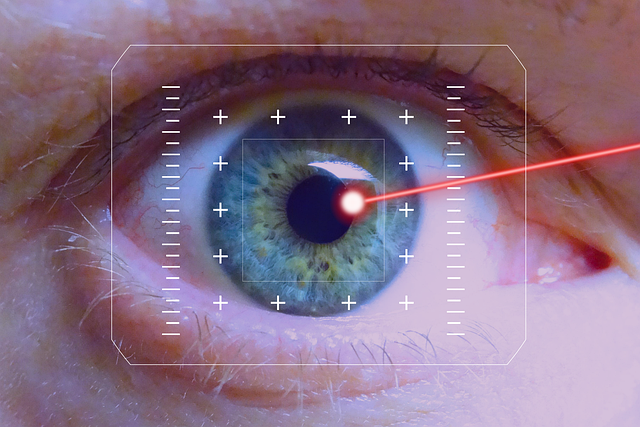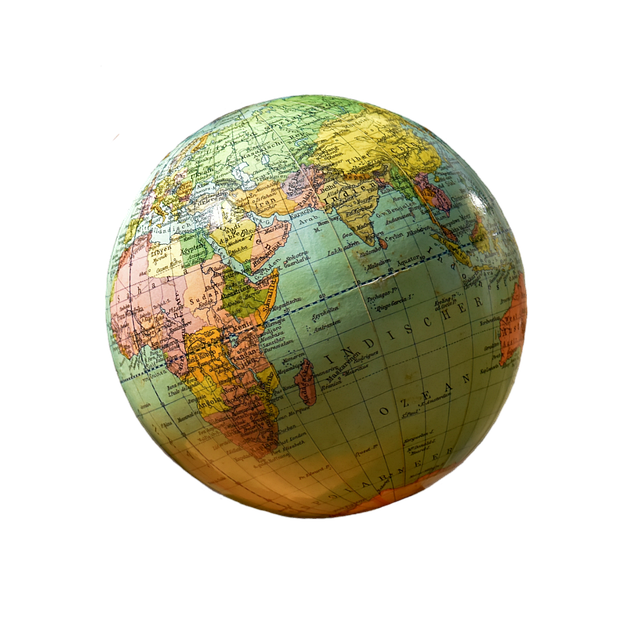Mastering the Art of Capturing the Perfect Angle: Photography Tips and Techniques
Every photographer understands the importance of the right angle. It’s not just about what you see through the lens; it’s about how you see it that brings a photograph to life. Whether you’re a beginner picking up a camera for the first time or a seasoned professional, the angle from which you capture an image can be the difference between a snapshot and a work of art.
Why Angle Matters
The angle in photography dictates perspective, depth, and composition. A slight shift in position can transform an ordinary scene into something breathtaking. Angles evoke emotions, tell stories, and create a connection with the viewer. When you adjust your perspective, you unlock new possibilities for creativity, allowing you to showcase your subject in ways that are unexpected yet captivating.
Explore Different Angles
One of the first steps to mastering angles is to experiment with various viewpoints. Here are a few techniques to consider:
- Eye Level: This classic angle offers a relatable perspective, making it great for portraits and everyday scenes.
- Low Angle: Shooting from a low angle can add a sense of grandeur or power to your subject, making them appear larger than life.
- High Angle: Conversely, a high angle can create a feeling of vulnerability, as the subject seems smaller or less significant.
- Dutch Angle: This tilted perspective can add an artistic edge or a sense of unease, perfect for narrative-driven photography.
Finding Unique Perspectives
To truly capture the spirit of your subject, it’s essential to think outside the box. Try to get close, shoot from unexpected locations, or incorporate foreground elements. Adjusting your body position and using your surroundings creatively can yield stunning results. Remember, the aim is to tell a story through your lens, and every angle can be a new chapter.
The Role of Lighting and Environment
While the angle is critical, don’t underestimate the impact of light and environment. Natural light can enhance the mood of your photograph, while shadows cast from unique angles can add depth. Pay attention to the time of day: golden hours often yield softer, more flattering light, opening up opportunities for striking angles that can elevate your work.
Post-Processing: Refining Your Angle
Even after capturing your image, you can revisit the concept of angle in post-processing. Adjusting the crop can emphasize your subject more effectively, shifting the visual weight and altering the perception of the angle. Experimenting with editing software can heighten your creative expression, allowing you to refine the angle and overall impact of your photograph.
Practice Makes Perfect
Ultimately, mastering angles in photography is about practice and exploration. Don’t be afraid to take risks; the best shots often come from unexpected moments. Continual learning and adjusting your approach based on what you experience will help you develop a keen eye for capturing the perfect angle.
Embrace the journey, and remember that every angle holds a story waiting to be told through your lens.




